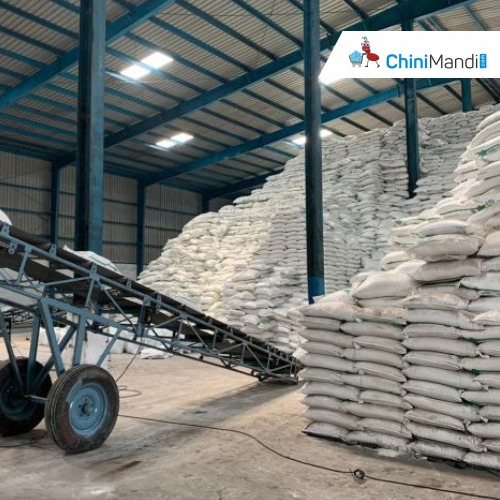India’s logistics and industrial sector has shown remarkable growth in the first half of 2024, underlining its resilience and relevance in the current market, a report by real estate firm JLL observed.
Across major cities like Mumbai, Delhi NCR, Bengaluru, Kolkata, Chennai, Hyderabad, Ahmedabad, and Pune, saw both Grade A and Grade B rents significant year-on-year increases of 4.8 per cent and 6.4 per cent, respectively, as per the report.
JLL report said that the surge in rents indicates strong demand for warehousing and light manufacturing leases.
“In terms of vacancies, Grade A properties stood at 6.6% in H1 2024, while Grade B properties vacancies stood at 15.4% over the same period. The gross absorption in the top eight cities amounts to approx. 24.2 million sq. ft., with Grade A properties contributing 70% and Grade B properties contributing 30%.,” the report said,
The total supply of industrial properties now stands at 393 million sq ft, with expectations to reach approximately 595 million sq ft by 2027, the JLL said highlighting the sector’s robust potential.
“Organized Grade A warehousing supply stood at 204 million sq. ft surpassing the Grade B supply of 189 million sq ft thus indicating a strong preference of tenants to go for future-ready spaces that can increase warehouse efficiency, ESG compliance and automation needs,” said Yogesh Shevade, Head, Logistics & Industrial, India, JLL.
As per the findings of the report, the third-party logistics (3PL) sector remained the largest demand driver with a 38 per cent share of gross absorption, followed by the auto and engineering sector at 23 per cent, and the FMCG, FMCD, and retail sectors contributing 20 per cent.
The key transactions have spanned sectors including logistics, e-commerce, auto and engineering, FMCG, FMCD, and retail.
The growth drivers for the country’s warehousing sector include the rise of quick commerce, the National Logistics Policy, increased e-commerce penetration into Tier I and II/III cities, and the outsourcing of warehouse space to 3PL.
It further noted that Grade A warehousing is gaining traction due to lower rents and higher efficiency per pallet positions compared to Grade B properties.
The industry also places increasing emphasis on ESG (Environmental, Social, and Governance) considerations, with sustainability practices being implemented in construction and operations, said the report. (ANI)










